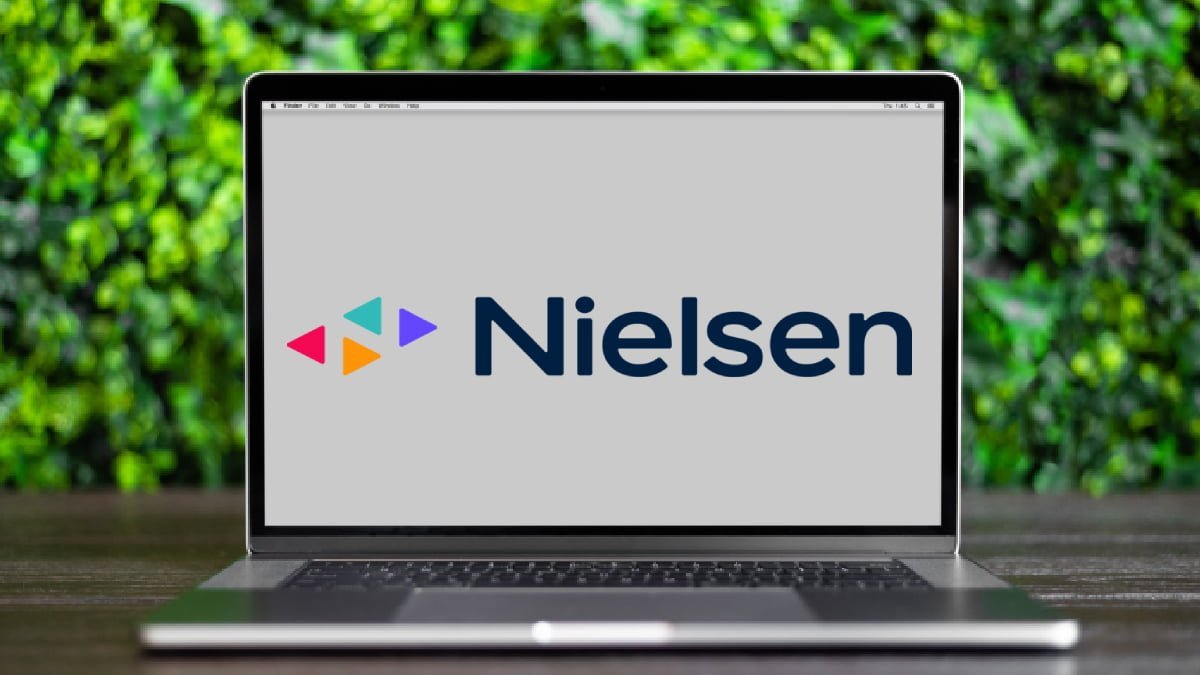There’s been some discussion of late about whether it’s time to change the standard demos that Nielsen uses for reporting radio audiences.
Dan Mason began the debate a couple of months back with an argument for three demos: 12-19, 20-40, and 41-64. Steve Allan at Research Director has added his thoughts with the suggestion that Nielsen drop persons 6-11 and 80+. Beyond the lack of buyer interest in these demos, he sees it as a backdoor way to increase the PPM sample. Perhaps because more discussion is a good thing, I’ll offer my two cents.
There is likely no way that Nielsen will ever remove the 6-11 and 80+ PPM panelists even though the data are essentially meaningless for radio. PPM is now used for both audio and video. In the latter, PPM measures out-of-home audiences for local TV in the metro areas of DMAs. Remember that TV measures down to the age of two and while Arbitron never dropped that low (can you imagine a three-year-old with a PPM?), the design was that PPM would measure both radio and television. Because video likes a big number, the 80+ issue is probably off the table as well.
Let’s move on to Dan Mason’s suggestions. Radio has been battling with the “you’re dead at 55” issue for decades. In the late ‘70s and early ‘80s, I was the operations manager of WSPA-FM in Spartanburg, South Carolina which ran the beautiful music/easy listening format. I clearly remember Ted Dorf at WGAY in Washington (same format) starting a 35-64 committee, the goal of which was to show the value of the older audience and bring dollars into that demo. That was more than 40 years ago and nothing much has changed.
Even with the lack of dollars for older demos despite the incredible spending power of the boomer generation, why can’t Nielsen offer more “standard” demos? In the “old days”, there were limitations based on processing software and even the size of the printed ratings report (remember the horizontal Arbitron books?). Today, the E-book is barely used and processing power is essentially unlimited.
The limitation may reside in the systems used by Nielsen to process the local markets. The old Arbitron processing systems were somewhat limited and rebuilding the system was usually behind other priorities. I do not know if Nielsen has updated the processing system, but if they have, it shouldn’t be hard to offer more “standard” demos, whether Dan Mason’s suggestions or others. If Nielsen has not updated the systems in the decade since the Arbitron acquisition, then we’re back to my recent column asking the paraphrased Ronald Reagan question of whether you’re better off now than you were ten years ago.
What about the third-party processors: other companies that use the Nielsen data, for example, agency buying systems? Nielsen can require certain data to be made available as part of the future licensing agreements for data access. Still, the companies would also have to make software changes that will take time.
Let’s make the generous assumption that these changes will take place. Who wins? It seems that most radio formats would do well if at least one buying demo went up to age 64. And yes, I know 35-64 has been available for decades, but let’s consider Dan’s 41-64 for the moment. News/talk will be helped along with classic rock (how many classic rock songs were recorded after the mid-80s?).
Those of us who are older don’t act like our parents (full disclosure: I do not fall in any of Dan Mason’s new demos) so I can see Adult Contemporary, Country, Urban AC, and other formats doing well. Public radio has also been aging so it may be easier to sell underwriting and their outside offerings that can carry spots. The various commercial Christian formats should look good, too.
Where does this leave us? If the industry truly believes that Nielsen should offer more demos, it’s time to ask the relevant questions and get the answers. Assuming Nielsen can make the software changes in a reasonable period of time, it’s up to the industry to convince agencies and advertisers of the value of these new demos over the ones they’ve used literally for generations. That will be no easy task, but making the data easily and readily available will help.
Let’s meet again next week.









